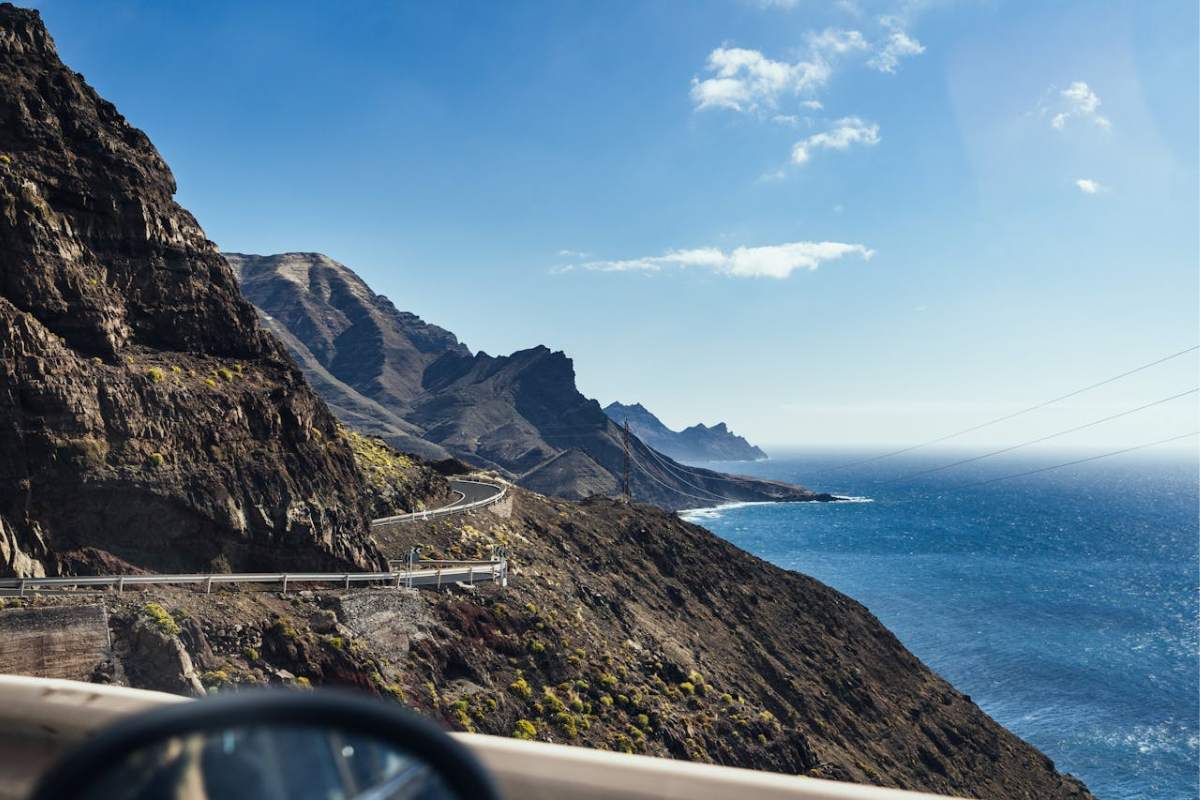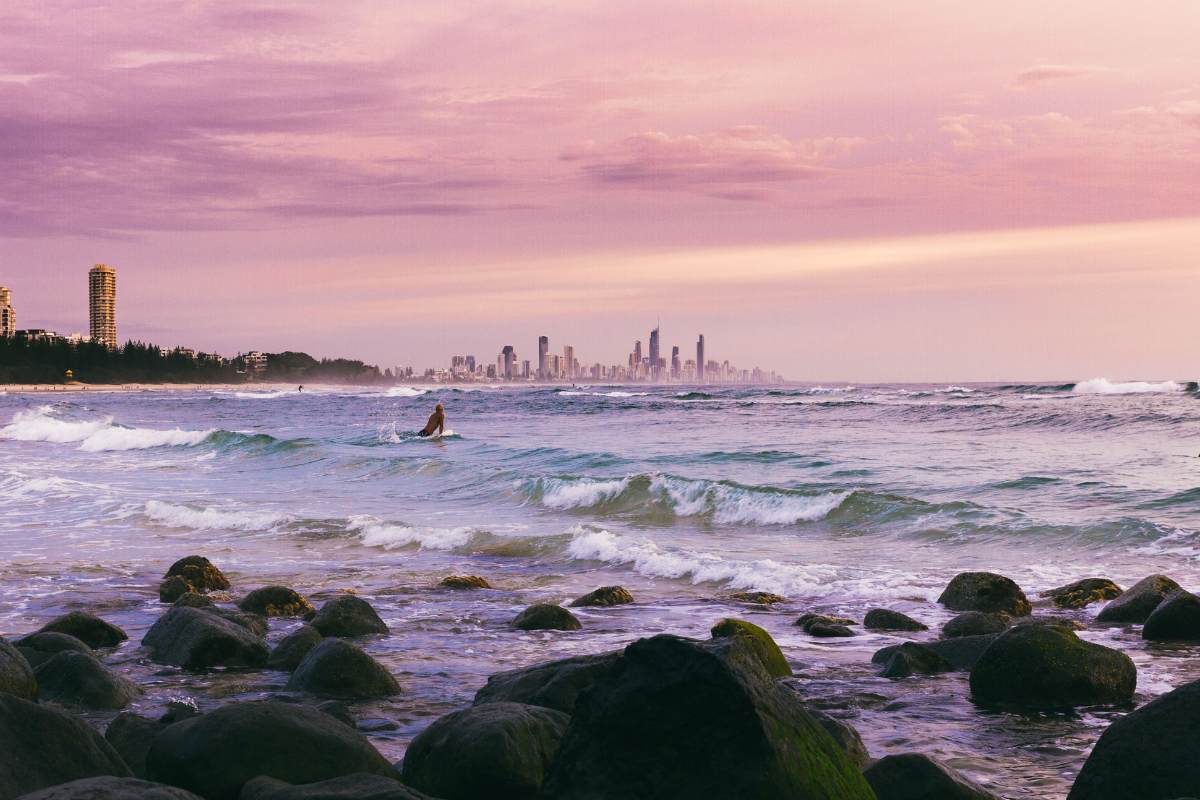Want to start your own travel blog but don’t know where to begin? Simply follow this step-by-step guide and you’ll have a travel blog live in no time!

1. Sign up for a blogging platform
Although there are many easy-to-use blogging platforms available, I would highly recommend using a self-hosted WordPress.org account.
This will require you to invest some time and money in your blog. But I assure you, it will be worth the investment in the long run.
Why I recommend using WordPress.org:
- Platform that most professional bloggers use
- You OWN your site and all its data
- Choose to have a custom URL
- Full control to install custom themes & plugins
- Monetize your site with advertising
- Access to tools such as Google Analytics
Switching over from a different platform
If you’ve already started a blog on another platform, you can switch over to WordPress.org without losing your data. This tutorial will show you exactly how to do so.
NEXT STEP: Before you set up a blog on WordPress.org (which I will show you how to do shortly), you need to set up web hosting. Keep reading to find out how.
2. CHOOSE web hosting
What is Web Hosting?
Web hosting is like renting a house. Instead of renting physical space, you’re renting virtual space on the internet which stores all the files that make up your blog. Just like rent, the cost of hosting can vary greatly.
How much does Web Hosting cost?
Thankfully, there are lot of budget-friendly hosting options out there if you don’t want to invest a huge amount of money in starting your blog.
The most affordable hosting that I’ve come across is HostGator, who offer plans for as little as $3.75 month, including a free domain name for a year.
NEXT STEP: I’ll now show you how to set up web hosting with HostGator, followed by instructions for getting your blog running on WordPress.org.
3. SET UP WEB HOSTING
STEP 1: Open Hosting Site
Head to HostGator.com and you will see the screen below appear. Click get started.
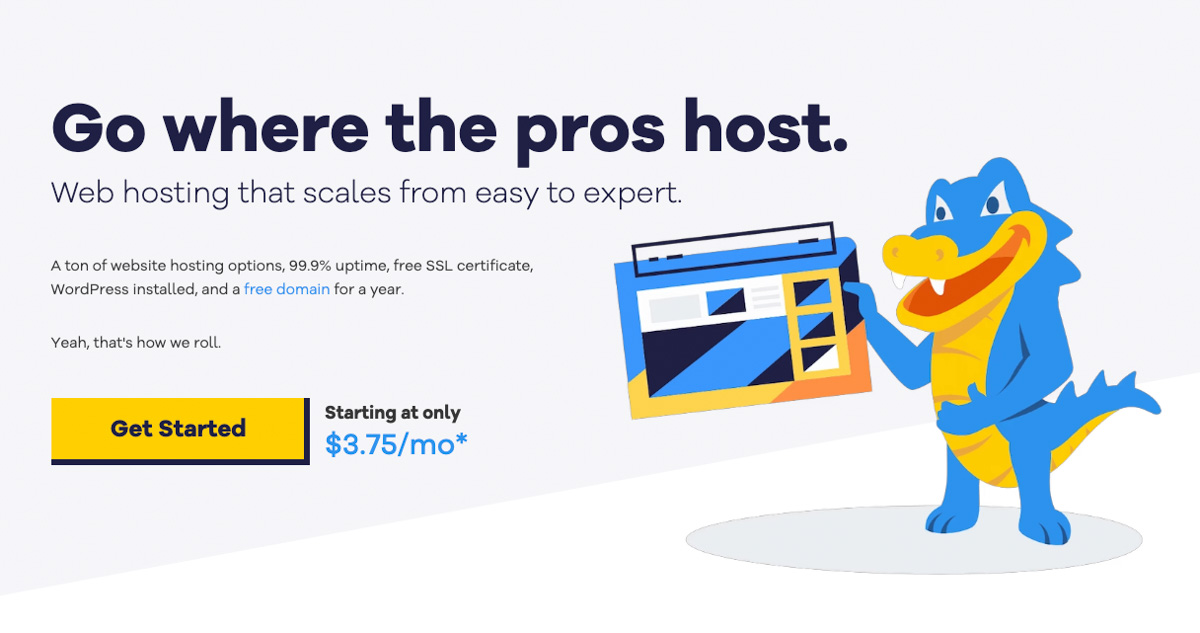
STEP 2: Choose Hosting Plan
Select a hosting plan. If you’re starting out, the best value is the Hatchling Plan, billed at $3.75/month on a 3-year plan.

STEP 3: Select Domain Name
Select a domain name for your site (plans includes a free domain for the first year). If you already own one, click “I Already Own This Domain” and follow the instructions.

STEP 4: Confirm Billing Cycle
Select your package type + billing cycle (the longer you sign up for, the cheaper the hosting will be per month).

STEP 5: Create an Account
Confirm your email address + password to create a HostGator account.

STEP 6: Enter Billing Information
Fill out your billing information and payment details.
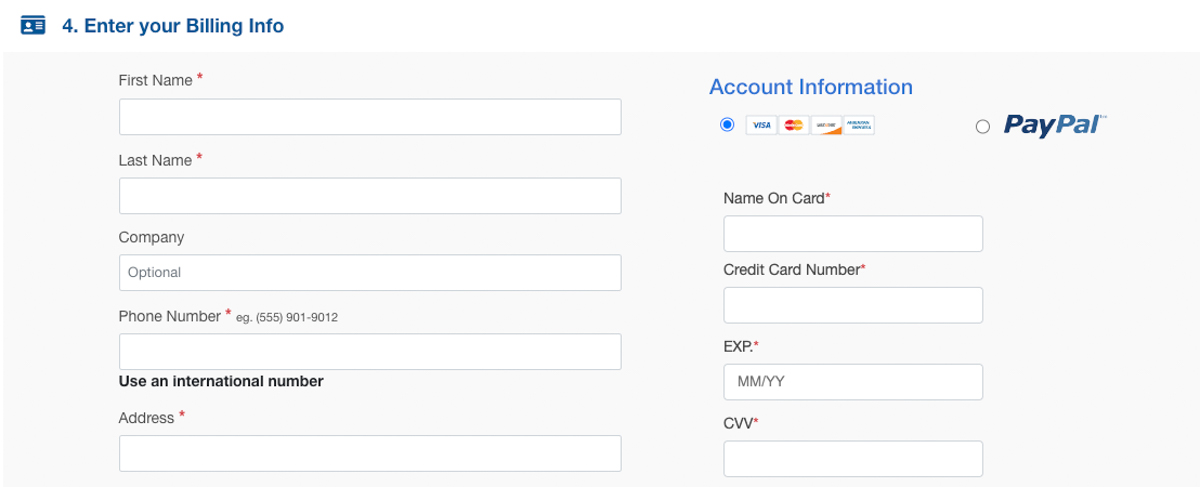
STEP 7: Add additional services
Skip these additional services for now. Most of these you can get as free WordPress plug-ins or add them on later if you need to.
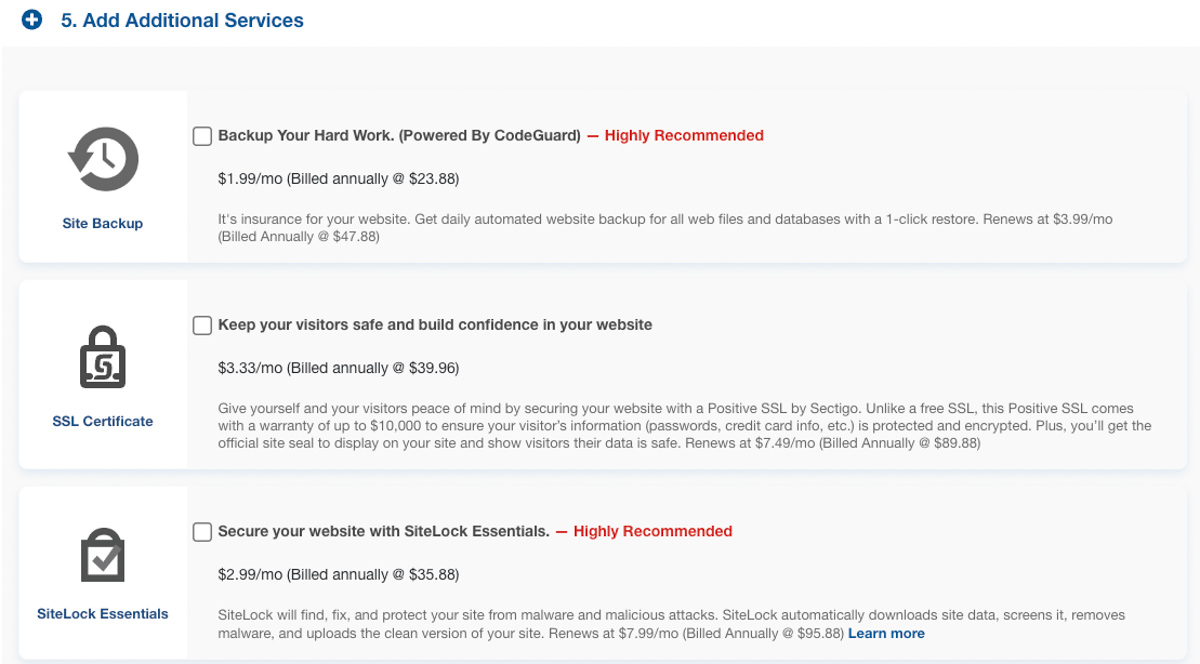
STEP 8: Review + confirm
Final step is to review all your order details and press confirm!

NEXT STEP: Now you have web hosting sorted, it’s time to link this to WordPress.org and get your blog up and running.
4. INSTALL WordPress
If you purchased hosting with HostGator, you can choose to install WordPress manually or automatically with Softaculous. If you don’t have WordPress yet, I would recommend the latter.
Installing WordPress with HostGator
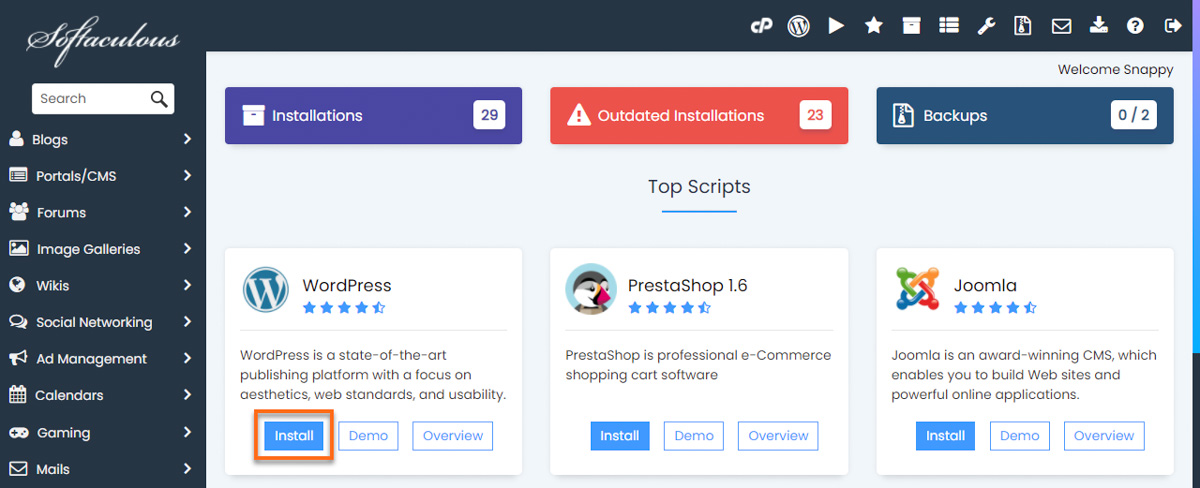
STEP 1: Log in to your C-Panel on HostGator
STEP 2: Go to Software section
STEP 3: Click Softaculous Apps Installer
STEP 4: Hover over WordPress & click install
STEP 5: Complete installation set up as follows:
- Software Setup: Select https:// protocol + your domain
- Site Settings: Enter your site name + description
- Admin Account: Enter a username, password + email
- Language: Select your language
- Advanced Options: Skip these options
- Select Theme: You can choose this later
STEP 6: Click Install, wait for installation to complete and you are done!
STEP 7: You can now access your WordPress dashboard through URL: https://yourdomain.com/wp-admin
NEXT STEP: We’ve got the boring technical stuff out of the way… It’s now time for the fun part- choosing a theme for your WordPress blog!
5. PICK A WORDPRESS THEME
What is a theme?
A theme is a group of files that allow you to modify the appearance of your blog without having to know how to code.
How to choose a Theme for your Travel Blog
It may be tempting to choose a theme purely based off its aesthetic. At the end of the day, it doesn’t matter how aesthetic your blog may be.
If your site is slow to load and isn’t user-friendly, these two factors are going to instantly lose you site visitors. Instead, I would recommend choosing a theme for your blog based off speed and functionality.
Recommended Themes for Travel Blogs
I’d recommend either Astra and GeneratePress– two of the most popular WordPress themes of all time. They are both well-coded, lightweight and designed for speed, without sacrificing functionality or aesthetics.
Astra Benefits
- Speed: Lightweight + offers fastest loading times
- Customisation: Extensive customisation options
- Pre-Built Websites: Comes with pre-built websites
- SEO Friendly: Built with SEO in mind
GeneratePress Benefits
- Efficiency: Focused on speed, stability, and accessibility
- Compatibility: Works well with page builders + plugins
- Customisable: Provides a powerful, easy-to-use customiser
- Accessibility: Ensures website is accessible to the masses
NEXT STEP: Once you’ve chosen a theme and have got your site looking presentable, it’s time to add in some extra functionality through plug-ins.
6. Install Plug-Ins
What is a Plug-In?
Plug-ins are the keys to further customising your blog. They are pieces of software you can install on WordPress to add extra functionality and features without needing any code.
Recommended Plug-Ins for WordPress:
Wordfence: Adds extra security to protect your site
Yoast: Best plug-in for SEO Optimisation
WP Optimize: Speeds up site by deleting unused data
Google Analytics Dashboard: Keeps track of site traffic
UpdraftPlus: Allows you backup + restore site
W3 Total Cache: Improves site performance via caching
NEXT STEP: Congratulations- you’ve got through all the important steps for setting up your blog! Now there is only one thing left to do… START BLOGGING!
TOP TIPS FOR GETTING STARTED WITH TRAVEL BLOGGING
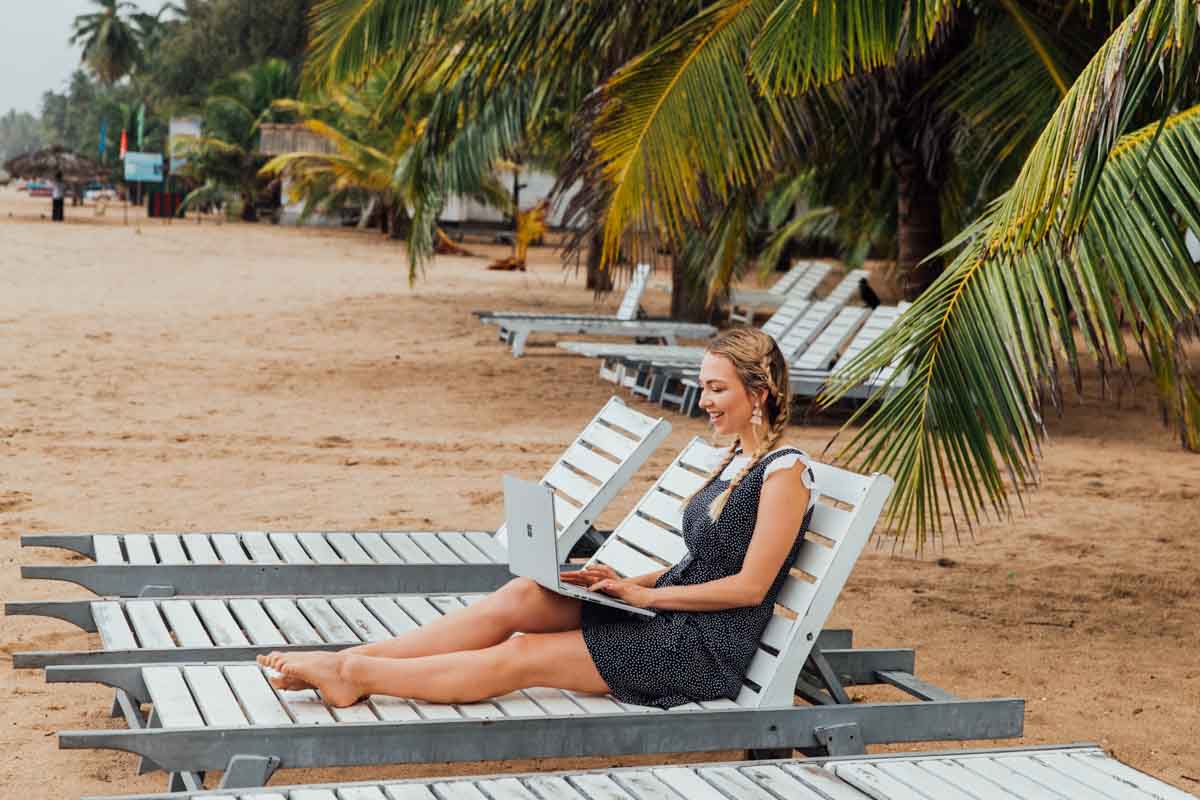
TIP #1: Post Quality Content
When it comes to blogging, creating unique, high-quality + valuable content is the most important area to invest your time. Your blog should not be a personal travel journal. It should provide useful information to your readers.
TIP #2: Post Frequently
If you want your blog to grow, you need to commit to posting frequently. Set a realistic schedule for posting new content, whether it’s once a week, bi-weekly, or monthly. Remember, the more you post= the quicker your blog will grow.
TIP #3: Learn SEO
There is no point in writing incredible blog posts if no one can find them. The best way to get consistent traffic to your blog is by ranking on search engines. To do this, you need understand SEO (I’ll talk more about this in the coming pages).
TIP #4: Niche Down
There are over 600 million blogs on the internet. In order to stand out, you need to find a niche that sets you apart. Focusing on a niche will help you to become an authority on a topic, which is important factor when ranking for SEO.
TIP #5: Have Patience
If you aren’t attracting thousands of readers in your first month of blogging- don’t lose hope. A blog takes a long time to build traction. However, if you commit to the process and do things right from the beginning, it will pay off!
4 WAYS TO GET YOUR Travel Blog DISCOVERED

I am going to be honest for a second. You can have the most aesthetic blog in the world, filled with most well-researched, informative articles. But if you don’t implement any of the following growth strategies, no one is going to be able to find and read your blog.
1. SEO (SEARCH ENGINE OPTIMISATION)
If you aren’t familiar with SEO, it is an algorithm that determines how highly your blog ranks in search engine results. It is the single most valuable tool for driving consistent traffic to your blog.
There are many factors that contribute to ranking on search engines. The one I would recommend focusing on from the start is keywords. This is where you do keyword research to identify what terms your target audience is searching for, and integrate these keywords naturally into your posts.
The best strategy is to target low competition, high volume keywords. This involves finding niche terms that a large number of people are searching for, but not many sites are covering. By doing this, you have more chance of ranking for these keywords and attracting significant traffic, even if you don’t have an established blog.
To find these low competition, high volume keywords, you will need a Keyword Research tool. Unfortunately, you do need to pay for these tools. The most affordable one I have found (and personally use) is Keysearch. You can the promo code ‘KSDISC’ for 20% off.
2. SOCIAL MEDIA
The quickest way your grow the audience of your blog is by regularly sharing links to it on your existing social media platforms. Here are just some of the ways you can do this:
- Link to blog homepage in your bio
- Share blogpost links on Instagram stories
- Mention relevant blogposts in content
- Send relevant blogposts through DM’s
- Share blog posts directly on Facebook
3. PINTEREST
Pinterest is another invaluable tool for reaching an audience actively seeking travel inspiration and tips. It works as a visual search engine, allowing you to create and share eye-catching pins that link back to your blog.
With a strategic approach, Pinterest can become a major source of referral traffic to your travel blog. The key to success on Pinterest is posting visually appealing graphics, incorporating relevant keywords in your pin descriptions and engaging with the Pinterest community.
4. GOOGLE DISCOVER
Google Discover is another way you can get your content in front of users who have shown interest in similar topics, even if they aren’t actively searching for it. To increase your chances of appearing in Google Discover, focus on creating high-quality, engaging content, eye-catching images and ensuring your website is optimized for mobile users.
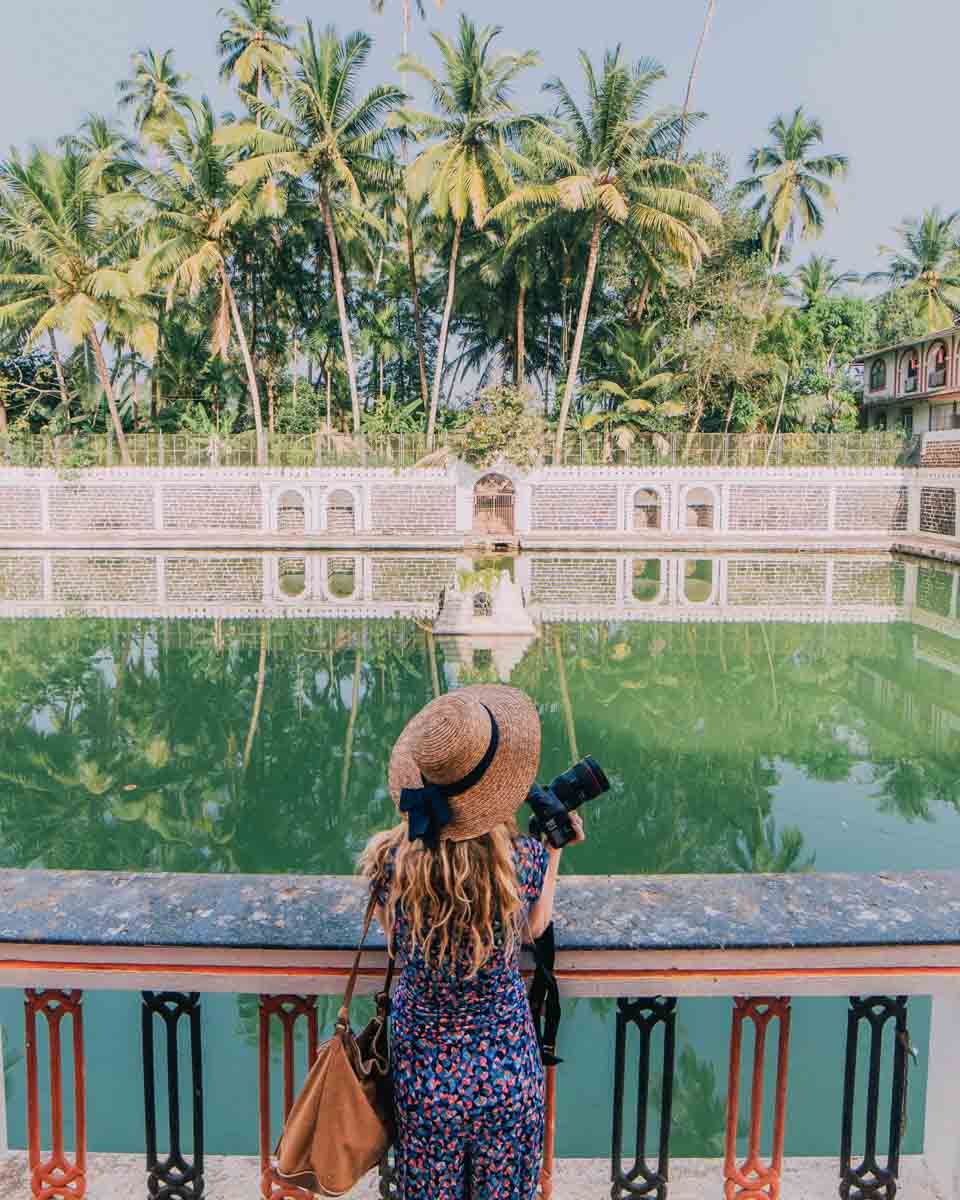
I do hope this guide has helped you realize starting a travel blog isn’t as daunting as it seems. If you’ve recently started a travel blog or this post has inspired you to do so, comment below with your blog’s URL so I can check it out!
For more tips on blogging, read these next:
- Why You Should Start a Travel Blog: 5 Compelling Reasons
- The HONEST TRUTH on how I became a Full-time Travel Blogger
- The Best Cameras for Travel Blogging in 2023


